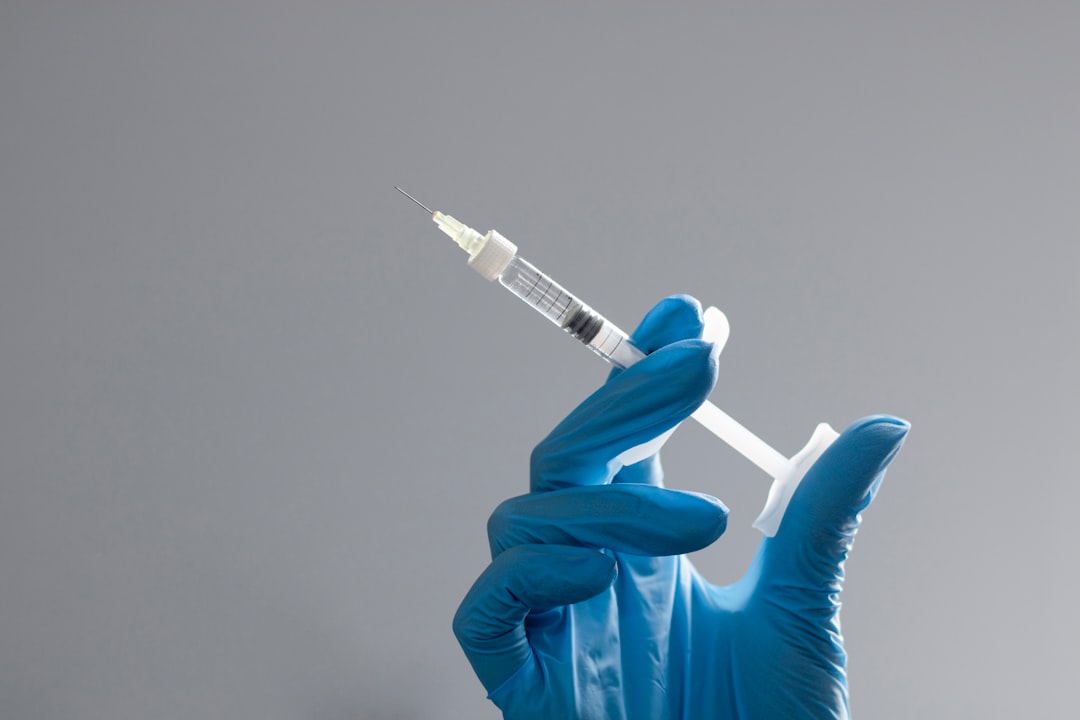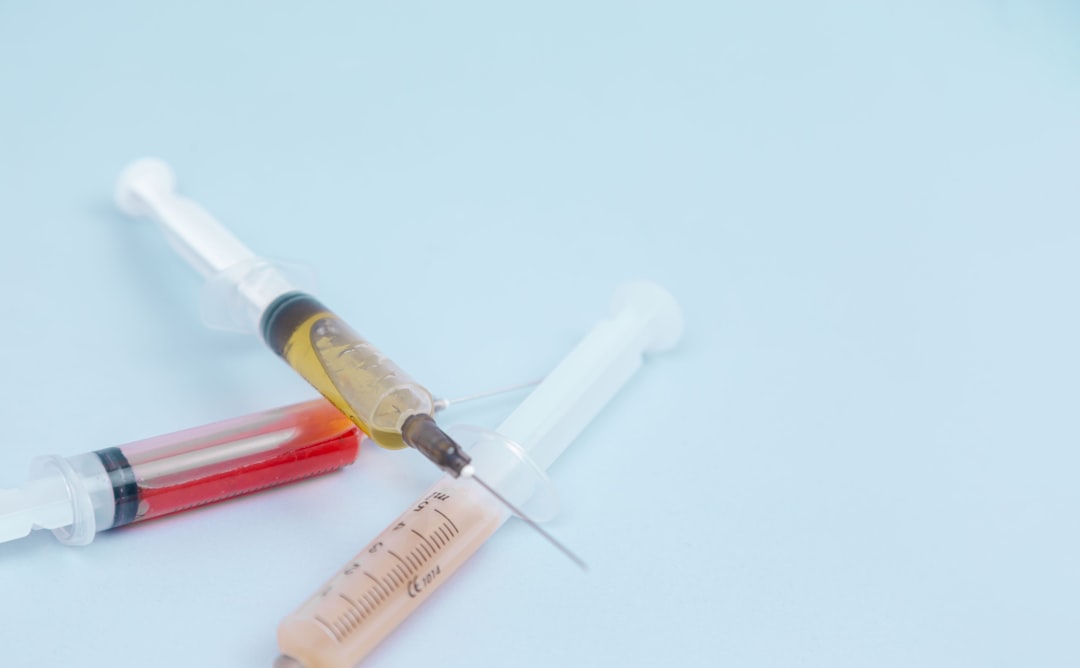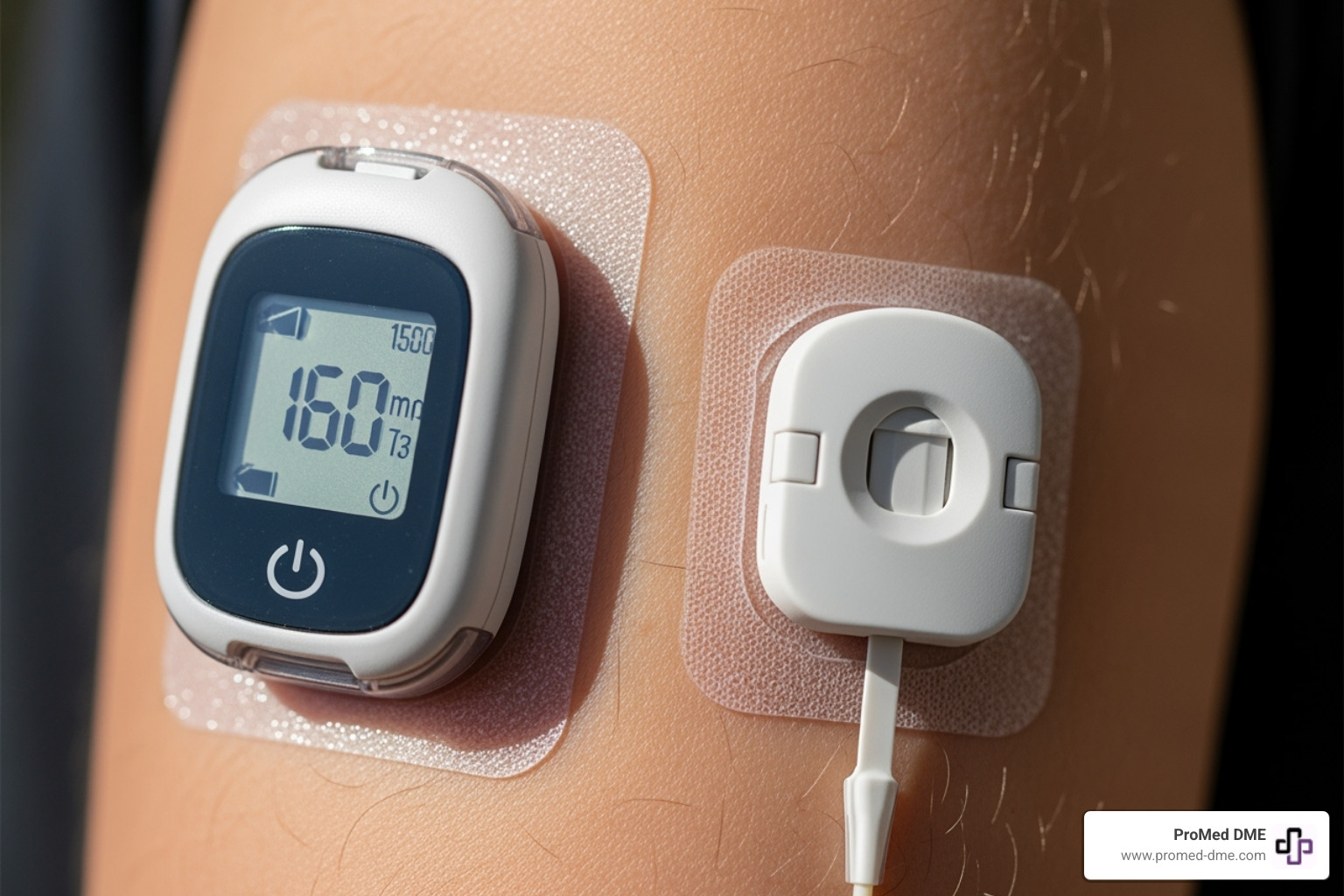Insulin Pump Therapy Costs: Is It Worth the Investment?
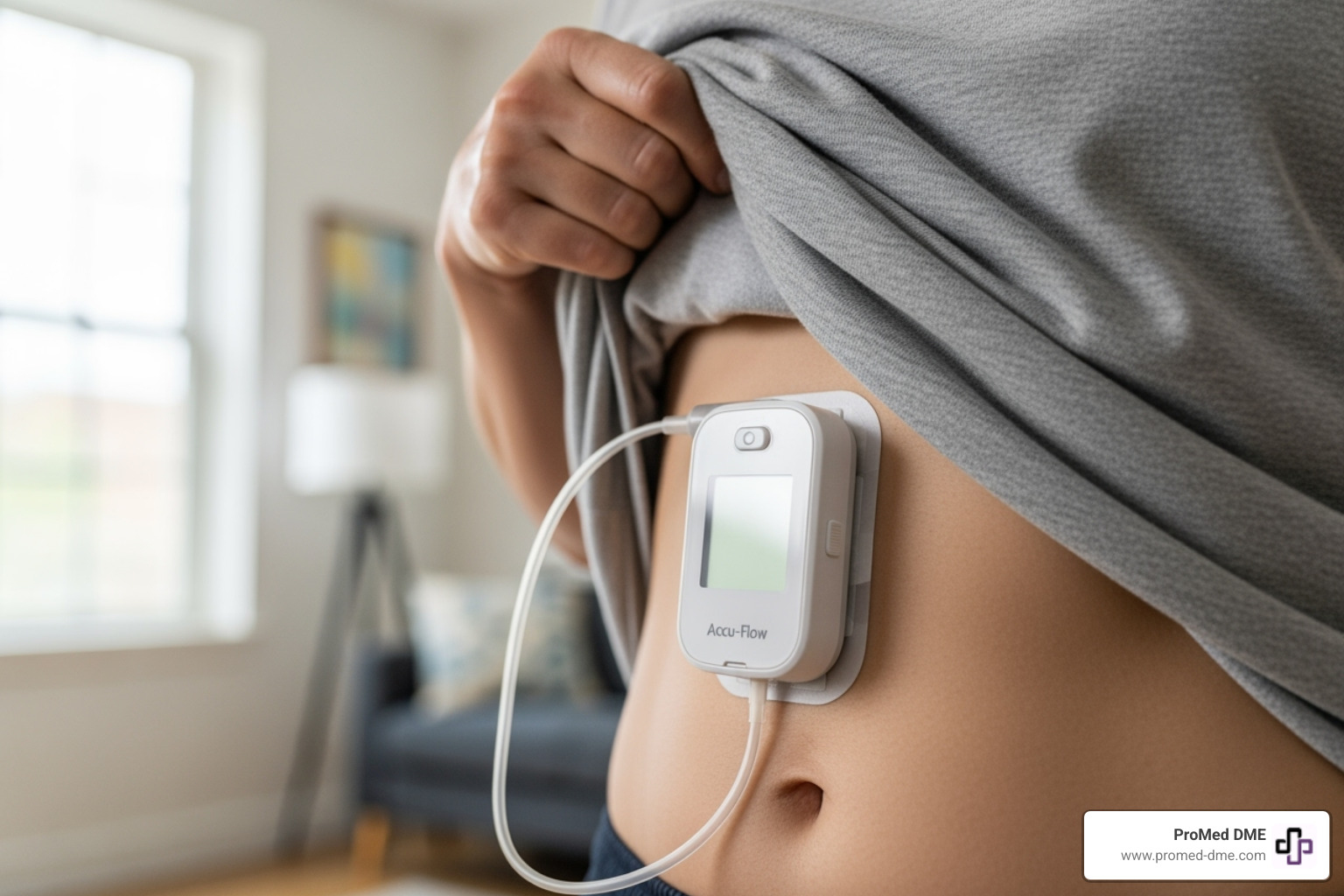
Understanding the Financial Side of Insulin Pump Therapy
The cost of insulin pump therapy is a significant consideration for anyone exploring this advanced diabetes management option, but understanding the full financial picture can help you make an informed decision about your health investment.
Quick Cost Overview:
- Initial pump cost: $6,000-$8,500 without insurance
- Annual supplies: $1,500-$6,000 per year
- With insurance: Often $1,000-$3,000 upfront, $0-$300/month for supplies
- Medicare coverage: 80% after deductible for qualifying patients
For many people with diabetes, the question isn't just "How much does it cost?" but "Is the investment worth it?" As one patient shared: "I gave up cable to make sure I had the funds available. Take away my washing machine, computer, microwave or dishwasher but leave my Dexcom G6!"
The reality is that insulin pump therapy represents both a significant upfront investment and ongoing monthly expenses. Without insurance, you're looking at $6,000 to $8,000 just for the pump device itself, plus another $2,000 to $6,000 annually for supplies like infusion sets, reservoirs, and adhesive patches.
But here's what makes this decision complex: these costs must be weighed against potential long-term savings from better diabetes control, improved quality of life, and reduced risk of complications. Research shows that insulin pump users often achieve better blood sugar control compared to multiple daily injections, which could mean fewer emergency room visits and hospitalizations down the road.
The good news? Insurance coverage, Medicare benefits, and manufacturer assistance programs can dramatically reduce your out-of-pocket expenses, sometimes bringing monthly costs down to under $100.
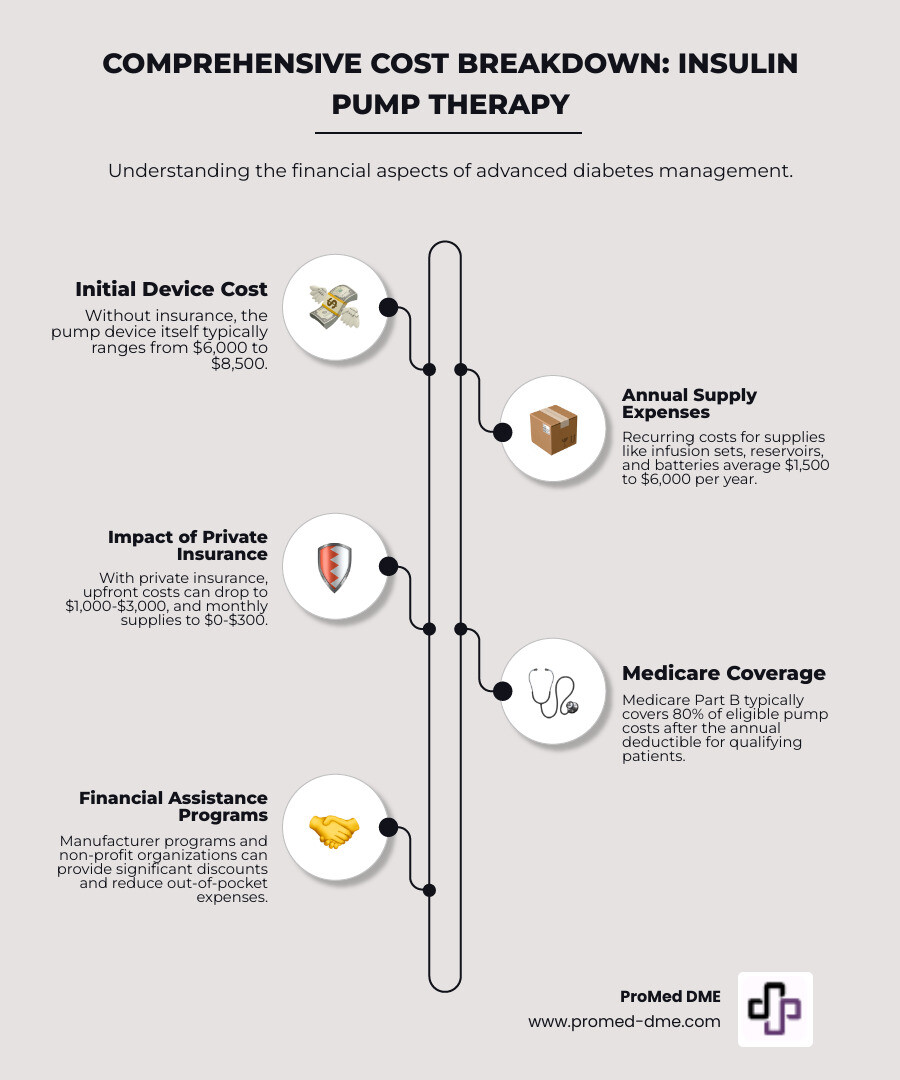
Cost of insulin pump therapy terms simplified:
- aace guidelines for insulin pump therapy
- advantages and disadvantages of insulin pump therapy
- how to use insulin pump therapy
The Upfront and Ongoing Cost of Insulin Pump Therapy
When you're considering insulin pump therapy, it's important to understand that you're not just making a one-time purchase. Think of it more like buying a car - there's the initial sticker price, plus all the ongoing expenses to keep it running smoothly. The cost of insulin pump therapy includes both that big upfront investment and the monthly supplies that become part of your routine.
The Initial Investment: How Much Does an Insulin Pump Cost?
Let's be honest about the numbers upfront: a new insulin pump is a significant investment. Without insurance coverage, you're looking at $6,000 to $8,000 for most pumps, with some of the most advanced models reaching closer to $10,000. That's a lot of money, and we understand it can feel overwhelming at first glance.
But here's what you're getting for that investment: a sophisticated piece of medical technology that's designed to work around the clock for years. Most pumps come with a five-year warranty, which means the manufacturer stands behind their device for the long haul. When you break it down, that's roughly $3-4 per day over the warranty period.
The price varies depending on what features you choose. Basic pumps with essential functions cost less, while technologically advanced features like smartphone connectivity, integration with continuous glucose monitors, and automated insulin delivery systems will increase the price. It's like choosing between a basic car and one with all the bells and whistles - both will get you where you need to go, but the experience is different.
The Recurring Expenses: Annual Supply Costs
Once you have your pump, the monthly supply costs become your new reality. These aren't optional extras - they're essential supplies that keep your pump working safely and effectively. Annual costs typically range from $2,000 to $6,000 without insurance, which breaks down to roughly $165 to $500 per month.
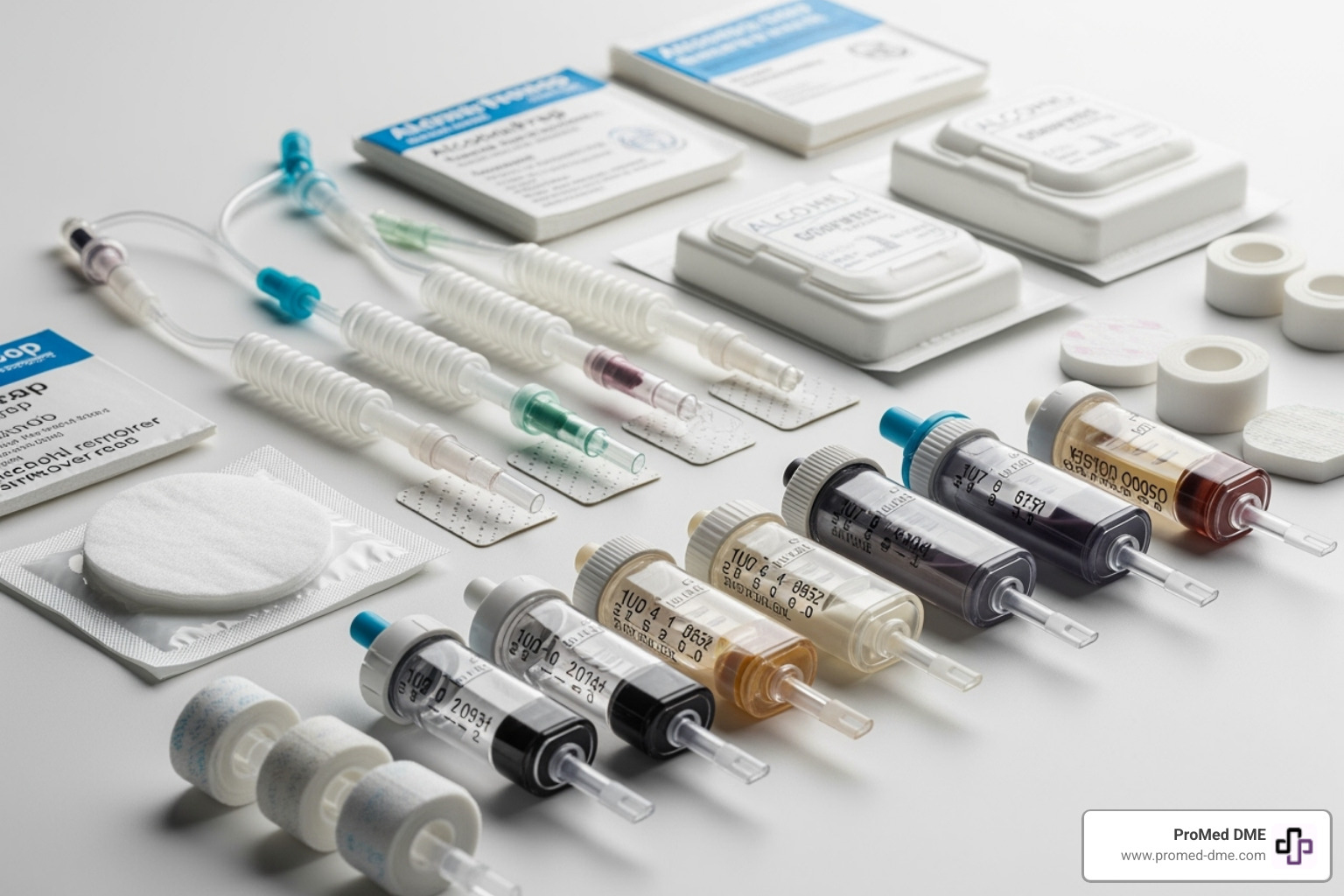
Infusion sets are your biggest recurring expense, typically costing $5 to $15 each. You'll change these every 2-3 days, so you'll need about 10-15 per month. Reservoirs or cartridges hold your insulin and need replacing every few days when you refill - these run about $1.50 to $3 each.
Don't forget about the smaller items that add up: batteries to keep your pump running, adhesives to keep everything secure, and skin prep wipes to prevent irritation. While each item might only cost pennies, they're essential for comfortable, safe pump use.
The good news? Most of our customers find that insurance covers a significant portion of these supply costs, often reducing monthly out-of-pocket expenses to under $100.
Don't Forget the Insulin: The Cost of the Medication Itself
Here's something that surprises some people: the cost of insulin pump therapy doesn't include the actual insulin. That's a separate prescription, and unfortunately, it can be one of the most expensive parts of your diabetes management.
Without insurance, insulin costs can be shocking. A single vial might cost more than $300, and if you use insulin pens, a monthly supply can run several hundred to over $1,000. The silver lining? Generic options are becoming available and are significantly less expensive than brand-name versions.
Your insurance coverage makes a huge difference here. Medicare patients, for example, now have their insulin costs capped at $35 per month, which has been a game-changer for many of our customers. If you don't have comprehensive coverage, don't despair - manufacturer discount programs and patient assistance programs can help bring these costs down significantly.
The reality is that monthly prescription costs for insulin can vary wildly based on your insurance plan, the type of insulin you use, and what assistance programs you qualify for. We always recommend exploring all your options before assuming you can't afford this therapy.
Comparing Costs: Insulin Pumps vs. Traditional Injections
When you're weighing the cost of insulin pump therapy, it's only natural to compare it with the traditional method most people know: multiple daily injections using pens or syringes. Yes, that pump price tag can make your eyes water a bit, but let's dig deeper than just the sticker shock.
A Head-to-Head Financial Comparison
Here's how the numbers stack up between these two main ways of getting insulin into your system:
| Feature | Multiple Daily Injections (MDI) | Insulin Pump Therapy |
|---|---|---|
| Upfront Cost | Minimal (cost of pens/syringes, no device purchase) | $6,000 - $8,000+ (without insurance) |
| Annual Supply Cost | Vials & Syringes: $15-$20/box of 100 syringes + insulin cost | $2,000 - $6,000+ (for infusion sets, reservoirs, batteries, etc.) |
| Pens: Several hundred to $1,000+ per month for pens + insulin cost | ||
| Conveniencia | Requires multiple daily injections; less flexible meal times | Continuous delivery, bolus on demand; greater flexibility |
| Potential for Glycemic Control | Good, but can have more variability and higher A1c | Generally better, more stable blood glucose, lower A1c |
At first glance, injections seem like the clear winner financially. With traditional MDI, you're mainly paying for insulin and the tools to deliver it. A box of 100 syringes runs about $15 to $20, while insulin pens can add up to hundreds of dollars monthly. The pump? Well, that's asking for thousands upfront.
But here's the thing - this comparison is a bit like comparing the monthly payment on a used car versus a new one without considering reliability, features, or long-term costs.
Beyond the Price Tag: The Long-Term Value of Pump Therapy
When we look at the cost of insulin pump therapy through a wider lens, many people find that the investment pays dividends in ways that go far beyond dollars and cents.
Better blood sugar control is often the game-changer. Studies show that pump users typically see their A1c levels drop by about 0.46% in year two and 0.32% in year three compared to injection users. That might not sound like much, but in diabetes management, those improvements can be huge for your long-term health.
Fewer scary low blood sugar episodes become possible with modern pump technology. While some people experience more lows in their first year as they adjust, the sophisticated algorithms in today's pumps - especially those with automated insulin delivery features - are designed to prevent dangerous drops in blood sugar.
Your daily life gets easier in ways that are hard to put a price on. Imagine not having to sneak away for injections during dinner with friends, or being able to sleep in on weekends without worrying about your insulin timing. One of our customers told us, "I can finally be spontaneous again - whether that's grabbing lunch with a coworker or going for an unexpected bike ride."
Long-term health complications become less likely when your blood sugars stay in better control. We're talking about potentially avoiding serious issues like kidney disease, nerve damage, eye problems, and heart complications. The medical bills from treating those conditions can easily dwarf the cost of pump therapy.
Hospital visits often decrease when your diabetes is better managed. Fewer emergency room trips for severe highs or lows means avoiding those hefty medical bills that can run into thousands of dollars per visit.
Some studies show higher healthcare costs for pump users in the first few years, but that's largely because of the pump and supply expenses. What these numbers don't capture are the avoided costs of complications and the immeasurable value of simply feeling better day to day.
Think of it this way: the cost of insulin pump therapy is really an investment in a healthier, more flexible future where diabetes doesn't call all the shots in your life.
Navigating Insurance and Financial Assistance for Insulin Pumps
Here's some encouraging news: most people don't pay the full cost of insulin pump therapy out of their own pocket. Between insurance coverage, government programs, and assistance options, there are many ways to make this life-changing technology more affordable.
Think of navigating insurance coverage like learning to use your first smartphone - it seems overwhelming at first, but once you understand the basics, it becomes much more manageable.
How Insurance Impacts the Cost of Insulin Pump Therapy
Most private insurance plans treat insulin pumps as Durable Medical Equipment (DME), which means they're covered under your medical benefits rather than your prescription drug plan. This is actually good news, since DME coverage tends to be more comprehensive than some other types of coverage.
But here's where it gets a bit complex. Your out-of-pocket costs will depend on several factors that work together like pieces of a puzzle.
Deductibles are usually the biggest factor in your upfront costs. This is the amount you pay before your insurance kicks in. If you have a $2,000 deductible and haven't met it yet, you might pay that full amount toward your pump. Once you've met your deductible, though, your insurance starts helping significantly.
Coinsurance comes next - this is your share of the costs after your deductible is met. Most plans cover 70% to 90% of the approved amount, leaving you responsible for 10% to 30%. So if your pump costs $7,000 and you have 20% coinsurance, you'd pay $1,400 plus whatever portion of your deductible applies.
Copayments are less common for the pump itself, but you'll likely see them for monthly supplies. These fixed amounts (like $25 or $50 per month) can make budgeting much easier since you know exactly what to expect.
The one hurdle everyone faces is prior authorization. Your doctor needs to submit paperwork proving that you medically need the pump. This process typically takes two to four weeks, but don't let that discourage you - it's mostly a matter of patience and good documentation from your healthcare team.
Even with insurance, many people still face upfront costs between $1,000 and $3,000 for their pump, plus monthly costs of $50 to $300 for supplies. While this isn't pocket change, it's far more manageable than the full retail price.

Understanding Government Coverage: Medicare
If you're eligible for Medicare, you have some excellent options for covering the cost of insulin pump therapy. Medicare actually has pretty clear guidelines once you understand how the system works.
Medicare Part B treats insulin pumps as DME and covers 80% of the approved cost after you meet your annual deductible (which is $240 in 2024). The catch is that Medicare has strict eligibility requirements - you'll need to demonstrate that you've tried intensive insulin management without success and meet specific A1c or hypoglycemia criteria.
Here's where Medicare really shines: once you're approved, that 80% coverage applies to both your pump and all your ongoing supplies. Your 20% share is predictable and manageable for most people.
Medicare Part D handles your insulin costs separately, and this is where recent changes have been a game-changer. Since 2023, Medicare beneficiaries pay no more than $35 per month for insulin, regardless of which type they use. This cap has eliminated one of the biggest cost concerns for many pump users.
Medigap plans can be incredibly valuable here. These supplemental insurance policies often cover that 20% coinsurance that Medicare Part B doesn't pay, potentially reducing your out-of-pocket costs to nearly zero.
The key with Medicare is working with a DME supplier (like us at ProMed DME) who understands the system and can help you steer the approval process smoothly.
Finding Help: Patient Assistance Programs and Discounts
Even with good insurance, some people still struggle with the remaining costs. That's where assistance programs come in, and there are more options available than most people realize.
Manufacturer programs are often your best starting point. Most pump companies offer copay assistance cards that can reduce your monthly supply costs significantly. Some programs can cut costs by 50% or more, and many offer special upgrade pricing if you're already using an older pump model.
Non-profit organizations dedicated to diabetes advocacy provide grants and direct financial assistance. These programs specifically help people access diabetes technology who might otherwise go without. The application processes are usually straightforward, and the organizations understand the real impact this technology can have on your life.
Health Savings Accounts (HSA) and Flexible Spending Accounts (FSA) deserve special mention because they're often underused. Since insulin pumps, supplies, and insulin all qualify as medical expenses according to IRS guidance on medical expenses, you can use pre-tax dollars to pay for them. This effectively gives you a discount equal to your tax rate - often 20% to 30% or more.
Discount programs like Optum Perks can help with insulin costs, especially if you're in a coverage gap or using a high-deductible plan.
At ProMed DME, we work with most insurance plans and can help you understand exactly what your costs will be before you commit to anything. We believe everyone deserves access to the diabetes technology that can improve their life, and we're here to help make that happen within your budget.
Frequently Asked Questions about Insulin Pump Costs
We get tons of questions about the cost of insulin pump therapy from our customers, and honestly, we totally understand why. The financial side of diabetes technology can feel overwhelming. Let's explore the most common questions we hear every day.
Does the cost of insulin pump therapy vary by pump type?
Oh absolutely! The price difference between pump types can be pretty significant, and it's mostly about the bells and whistles each one offers.
Tubed pumps are your traditional workhorses - they've been around the longest and tend to have the most predictable pricing structure. These are the ones most insurance companies are familiar with covering.
Tubeless patch pumps work differently when it comes to costs. Instead of one big upfront payment, you might get the main device for less money (sometimes even free), but then you're buying disposable pods regularly. Each pod contains everything - the insulin reservoir, cannula, and pump mechanism - so your ongoing costs are structured differently than with tubed pumps.
Here's where things get really interesting: smart pumps and automated insulin delivery systems. These are the fancy ones that talk to your continuous glucose monitor and make insulin adjustments automatically. We're talking about some seriously cool technology here! Take the latest research on Control-IQ outcomes - the results are pretty impressive for keeping people in their target glucose range.
But all that automation comes with a price tag. Some of these advanced systems can cost close to $10,000 upfront. The good news? Many people find the improved control and peace of mind worth every penny.
What are the costs if I don't have insurance?
This is probably our most heartbreaking question because we know how hard it can be. Without insurance, you're looking at the full cost of insulin pump therapy - and we won't sugarcoat it, that's a big number.
You'd pay the complete $6,000 to $8,000+ for the pump itself, plus another $2,000 to $6,000 each year for supplies. Add in your insulin costs, and you're easily looking at over $10,000 in your first year alone.
But here's the thing - we've helped plenty of customers without insurance find ways to make it work. Manufacturer payment plans can break down that big upfront cost into manageable monthly payments. Some companies are surprisingly flexible when they know you're committed to the therapy.
Seeking grants from diabetes organizations is another path we always recommend. These groups understand that everyone deserves access to good diabetes care, regardless of their insurance situation.
At ProMed DME, we make it our mission to work with suppliers for options and explore every possible avenue to help our customers. Sometimes it takes creativity and persistence, but we believe there's usually a way forward if you're determined enough.
Can I use my HSA or FSA for insulin pump therapy costs?
Yes, and this is honestly one of our favorite questions because the answer is so good! Your Health Savings Account or Flexible Spending Account can be a game-changer for managing the cost of insulin pump therapy.
The IRS considers insulin pumps, all their supplies, and your insulin as qualified medical expenses. That means you can pay for everything with pre-tax dollars from your HSA or FSA.
Think about it this way - if you're in a 25% tax bracket, using your HSA is like getting a 25% discount on everything. You're avoiding income tax on that money, which adds up to real savings over time.
The pre-tax dollars work for the pump itself, every infusion set, every reservoir, your batteries, adhesives - basically everything you need to keep your therapy running smoothly. It's one of the smartest financial moves you can make when managing a chronic condition like diabetes.
We always remind our customers to check the IRS guidance on medical expenses to make sure they're maximizing these benefits. Every dollar you can save is a dollar you can put toward other important things in your life.
Is an Insulin Pump Worth the Investment for You?
After diving deep into every aspect of the cost of insulin pump therapy – from that initial sticker shock of $6,000 to $8,000 for the device to the ongoing monthly expenses for supplies and insulin – you're probably wondering if it's all worth it. It's a fair question, and honestly, one that deserves a thoughtful answer.
The truth is, for most people who make the switch, the answer becomes clear pretty quickly: absolutely yes. But let me explain why, because it goes way beyond just the numbers on paper.
The lifestyle change is real. Imagine not having to excuse yourself from meetings for injections, or being able to grab pizza with friends without the stress of timing your shots perfectly. One of our customers recently told us, "I finally felt like I could be spontaneous again – something I hadn't experienced since my diagnosis." That freedom to live more naturally, to exercise when you want, eat when you're hungry, and sleep in on weekends without disrupting your insulin schedule – that's priceless.
Then there's your health. Better glucose control isn't just a nice-to-have; it's your future self thanking you. The precision of pump therapy often leads to improved A1c levels and fewer dangerous blood sugar swings. This means you're investing in preventing costly complications down the road – things like kidney disease, nerve damage, or heart problems that can cost tens of thousands of dollars to treat.
Peace of mind matters too. With today's automated systems constantly working to keep you in range, many people describe feeling like they finally have a partner in managing their diabetes instead of fighting it alone every day.
Of course, we can't ignore the financial reality. The cost of insulin pump therapy is significant, and it's completely normal to feel overwhelmed by the numbers. That's exactly why we encourage everyone to have an honest conversation with their healthcare team about whether pump therapy makes sense for their specific situation, lifestyle, and financial circumstances.
Your endocrinologist can help you understand if you're a good candidate and what realistic outcomes you might expect. They know your medical history, your current control, and your personal challenges with diabetes management.
At ProMed DME, we've seen how transformative this technology can be, but we also understand that navigating the costs and insurance coverage can feel like a full-time job. That's why we're here to help make the process as straightforward as possible.
We handle the insurance paperwork, offer free shipping across the United States, and have a dedicated nurse on staff who can answer your questions about pump therapy. We work with most insurance plans and will help you understand exactly what your out-of-pocket costs will be before you commit to anything.
The decision ultimately comes down to this: when you weigh the cost of insulin pump therapy against the potential for better health, improved quality of life, and the freedom to live more fully with diabetes, many people find it's one of the best investments they've ever made in themselves.

If you're considering taking this step, we'd love to help you explore your options and understand what the real costs would be for your unique situation. Visit us at https://www.promed-dme.com to learn more about how we can support your diabetes management journey.
Recursos y artículos relacionados
Manténgase informado con las entradas de nuestro blog informativo.
Descubra las ventajas de ProMed
y pruebe nuestros productos
Ofrecemos envío gratuito y un legendario servicio de atención al cliente para garantizar que reciba los
mejores productos de DME para sus necesidades.

